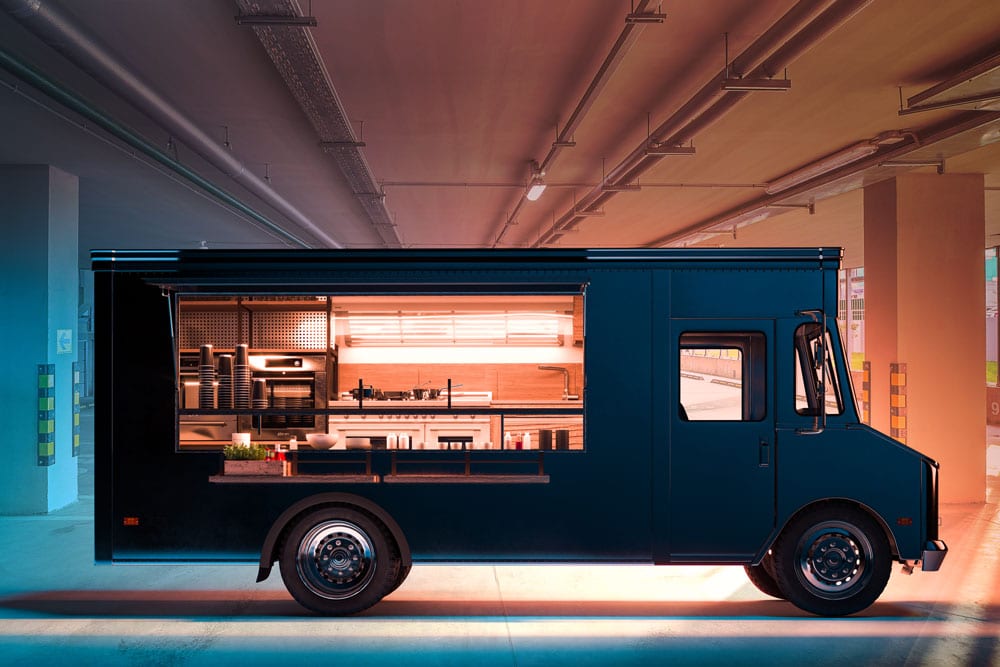Re-imagining
Single Use Assets
Bringing New Life into Parking Structures
Bringing New Life into Parking Structures
Parking has served as a primary component of historically auto-centric mobility patterns in the U.S. for more than a century. Well-cited research from the University of California at Berkeley’s Department of Civil and Environmental Engineering suggests that there are about 3.4 parking spaces in America for each car. Noted transportation scholar Donald Shoup observes in his 2018 title, Parking in the City, that “the area of parking per car in the United States is thus larger than the area of housing per human.”With this data in mind, it’s hard to forget the visual of large empty parking lots and structures that dominated much of the national landscape during the COVID-19 quarantine. Fast forward to the present day, many parking and mobility professionals have managed to successfully pivot in the face of turbulence and uncertainty in order to maximize profits and increase the long-term viability of these historically single-use assets. Fully aware of the fact that they could not allow these properties to remain underutilized throughout the pandemic, professionals began implementing innovative adaptive reuse solutions while at the same time accounting for future parking, transportation, and mobility needs as they develop.
Remember, although the U.S. is notorious for being entrenched in “car culture,” current disruptors and innovation in the industry are causing transportation and mobility patterns in the nation to change rapidly. These changes will require future approaches to parking to inevitably follow suit. Even before the pandemic began, significant changes in transportation and mobility trends—otherwise known as disruptors—were beginning to occur. The most significant disruptor is considered to be the concentrated efforts aimed at reducing vehicular traffic by increasing walkability and access to public transportation within neighborhoods.
In fact, as a whole, Millennials and members of Generation Z drive less than previous generations thanks to popular ride-sharing services such as Uber and Lyft. Now, micro-mobility solutions such as e-scooters and local bike-sharing initiatives are becoming the norm.
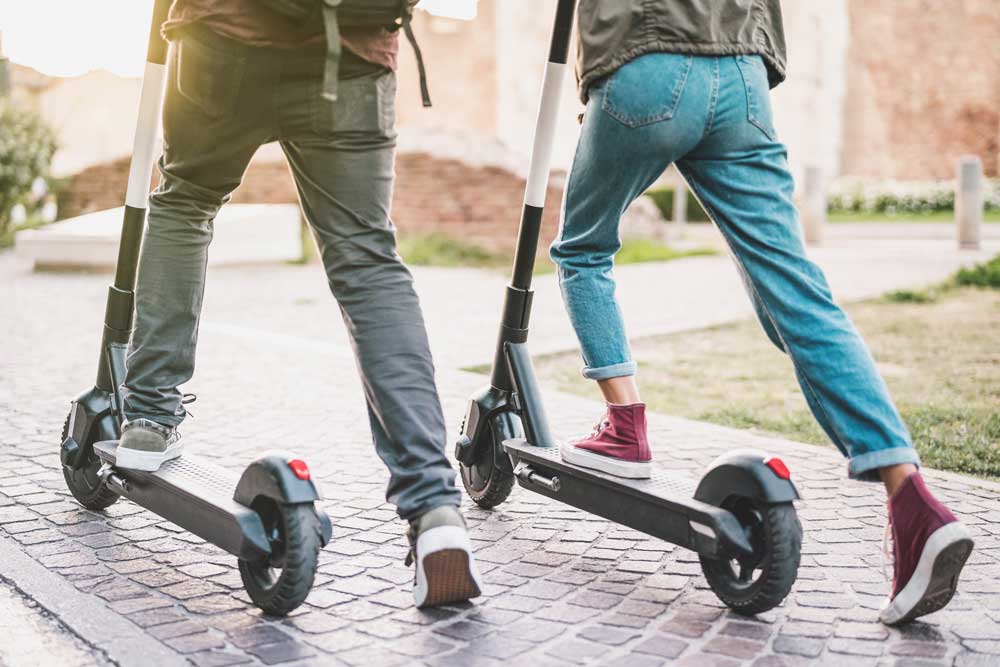
Those who do drive are increasingly purchasing electric vehicles as government and environmental incentives to adopt this method of transportation become more attractive. Growing numbers of people are working from home and shopping online, completely reshaping how people travel and conduct business.
These factors have caused owners and managers of commercial parking structures to rethink the live-work-play evolution. For those who own and operate parking venues, the evolution is apparent. Many other alternative uses for parking lots and structures have come into play. No doubt, these solutions require parking and mobility professionals to remain vigilant in monitoring consumer patterns as closely as they have monitored COVID-19. This is the only way to continue optimizing the potential added value of their historically single-use assets in ways that are adaptable, accessible and pandemic-safe.
Supporting Expanding Mobility Patterns Through Alternative Lot Usage
Traditionally, the anticipated parking experience has motivated motorists to travel and park during less congested periods or take other forms of transportation. Innovations in the transportation industry have alleviated a significant amount of stress and congestion that can be associated with the parking experience, but they have not eliminated the need for parking entirely.
As a result, parking and mobility professionals often debate about which trends will have longevity and the most societal impact, but they mostly agree that the transportation and mobility disruptors will require adaptable physical space—an increasingly scarce resource in most growing cities—to operate successfully. Because of these observations, parking and mobility professionals should be assessing their assets to see how they can incorporate support for these new forms of mobility in order to remain competitive and relevant.
As more companies integrate drone delivery services into their operations, a prime adaptive reuse opportunity presents itself to owners and managers of parking structures. Flying drones and robo-taxis have evolved from being imaginative science fiction tropes into viable mobility disruptors in 2022, as they dramatically increase the speed at which goods are transported from place to place. In line with changing consumer trends, noted research firm Gartner has predicted that in 2026, more than one million drones will be carrying out retail deliveries, up from 20,000 in 2020.
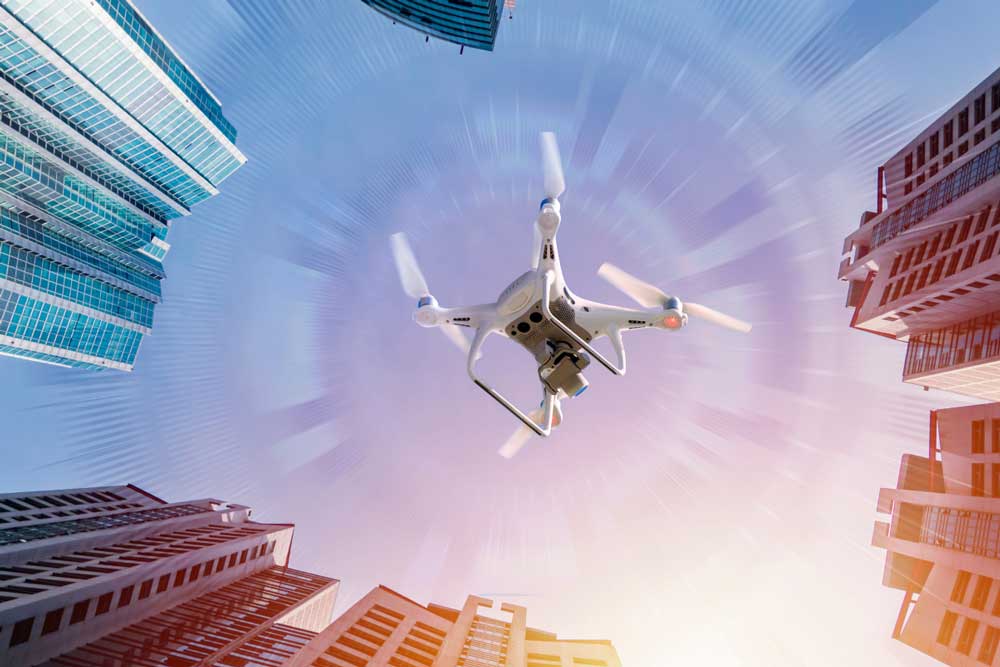
One concept to accommodate these changes will allow rooftops to be utilized for drones dropping off packages for delivery. As parcels are dispatched to parking structures, building rooftops or drone ports, they will make their way to a delivery vehicle within the parking structure that will bring the packages to recipients’ doorsteps, significantly expediting the delivery process.
This type of solution highlights to other professionals that opportunities to generate revenue with these assets via other avenues still remain. The best strategies have featured what is known as a “triple bottom line” impact, which benefits not only the asset owner, but the consumer and community at large.
Necessity Breeds Innovation: The Rise and Success of Ghost Kitchens
One of the most notable adaptive reuse solutions that asset owners quickly saw satisfy that “triple bottom line” was the ghost kitchen concept, which allowed restaurant owners to save their businesses; consumers to continue patronizing these businesses via delivery services; and building owners to protect their investments by pivoting to a strategy that would allow them to continue maximizing profits while also serving their communities during times of economic peril.
A successful example of a ghost kitchen: the Brookhollow Central property, a Class A office complex located in Houston, Texas, has a trash compacting area near the parking facility that now has an on-site ghost kitchen that is generating significant revenue.
Solutions such as the ghost kitchen concept underscore the importance of creativity in this industry, as well as the ability to assess their assets from a different perspective based on current events. Given the availability of open space within these parking structures—which typically have easy access for pickups and delivery drivers—allowing these scaled-down food operations to continue on these properties was a very sensible and financially viable way to maximize their utilization.
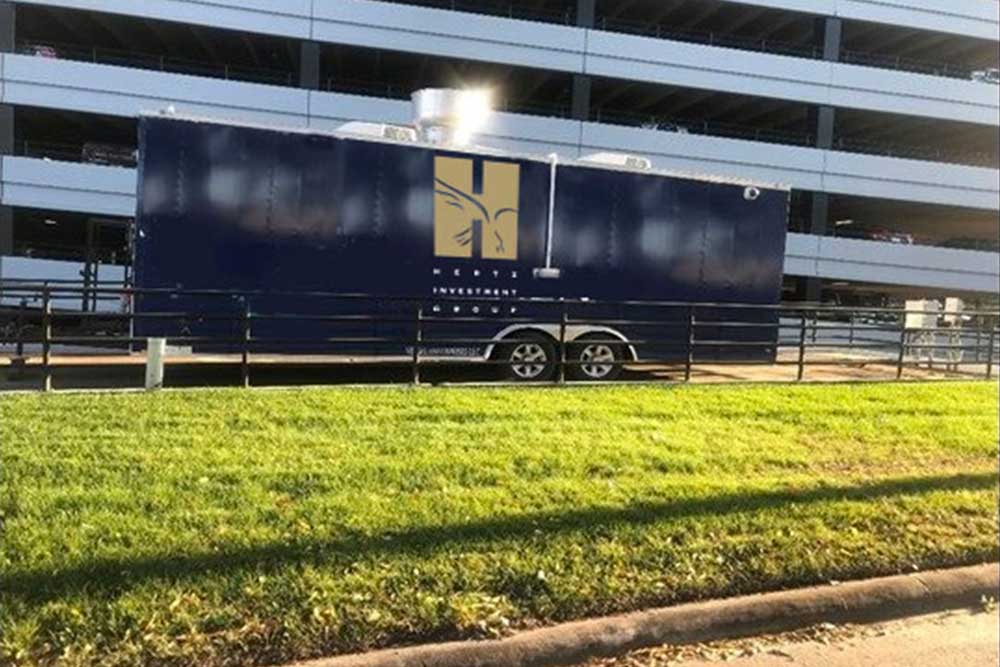
The rise of ghost kitchens during the COVID-19 era was bolstered by the increased popularity of online ordering, curbside service and mobile food delivery. Consumers increasingly favored off-premises dining even prior to the pandemic, citing convenience factors such as the ability to pay for their food ahead of time as well as the ability to schedule pickup and delivery times. Since the pandemic began, the demand for online ordering services has only increased—UberEats’ revenue spiked more than 100 percent in 2020 compared to 2019, and GrubHub’s revenues also jumped 40 percent during that time.
The pandemic also saw curbside service rise to prominence, as it allowed for less interaction between staff and customers while still allowing restaurants to operate. This also coincided with an increase in touch-free transactions, as more restaurants accepted contact-free cards and mobile wallet payments.
By remaining on top of industry and consumer trends, parking and mobility professionals can proactively futureproof their portfolio with adaptive reuse tactics and continue satisfying their “triple bottom line” by repurposing underutilized assets, increasing efficiency for customers and enhancing mobility in the communities they serve.
stock.adobe.com/ ekostsov, Mirko Vitali
shutterstock/ studio mdf

Seven-Generation Decision-Making
A major factor of sustainability is thinking about how we
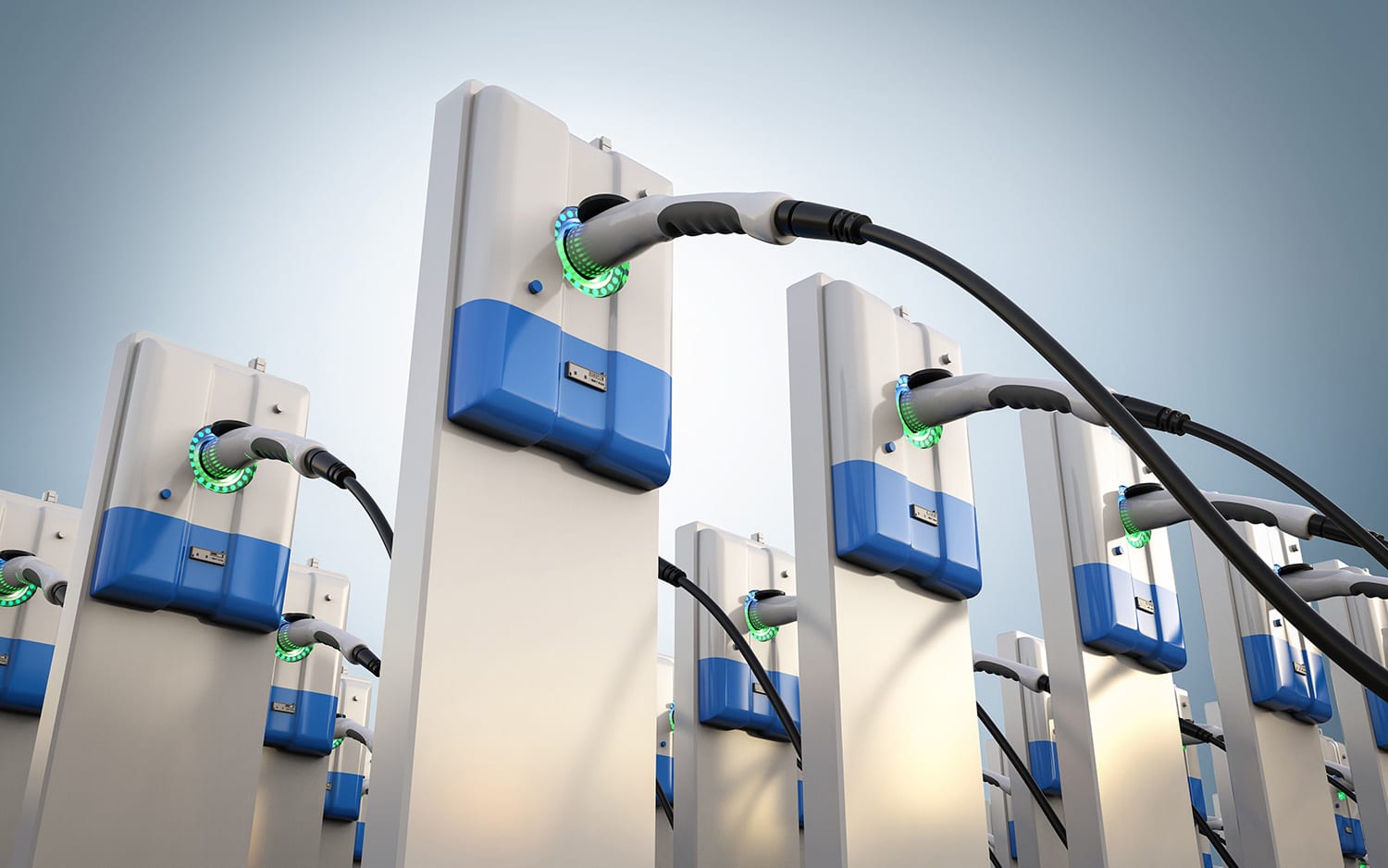
Ready, Set, Plug-In
EV Readiness Perspectives

What “green” practices can we expect to see more of in the next five years?
Aside from electric and automated vehicle use, what “green” practices

